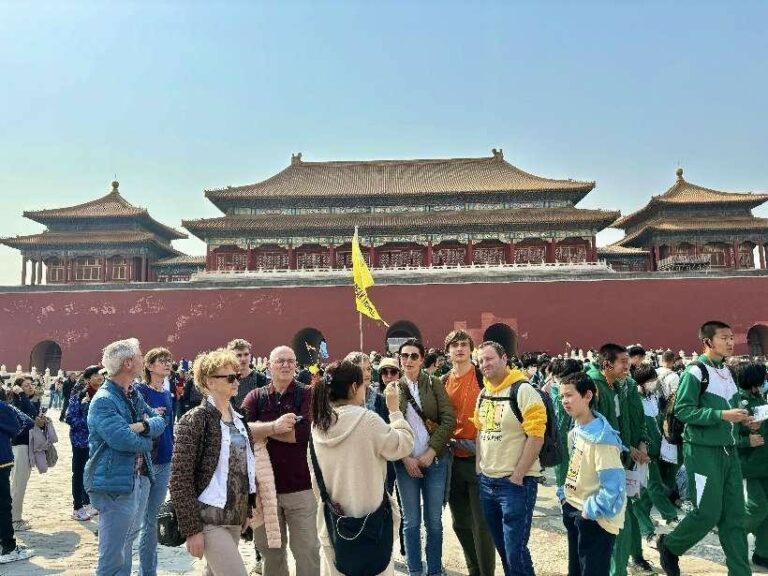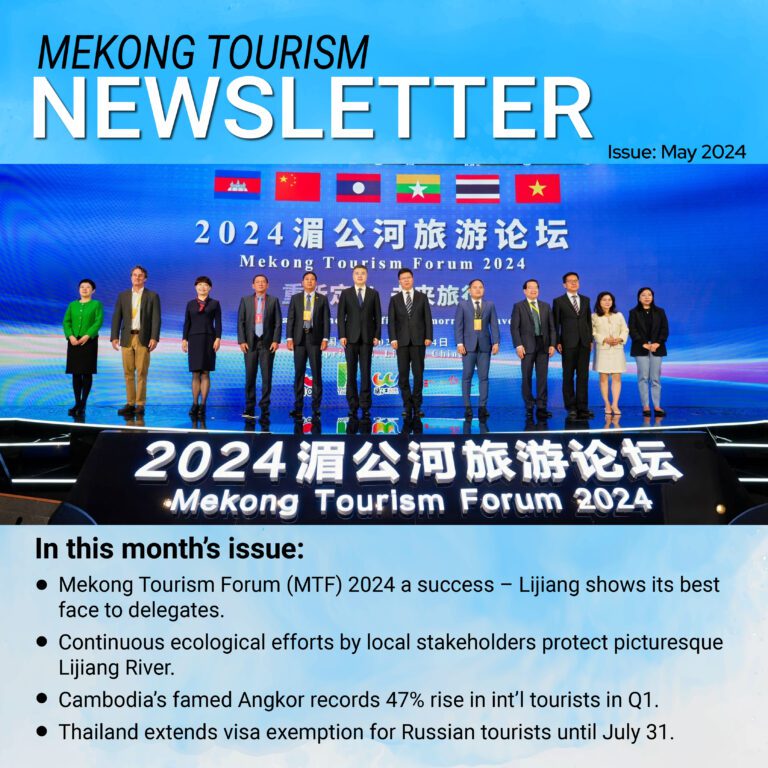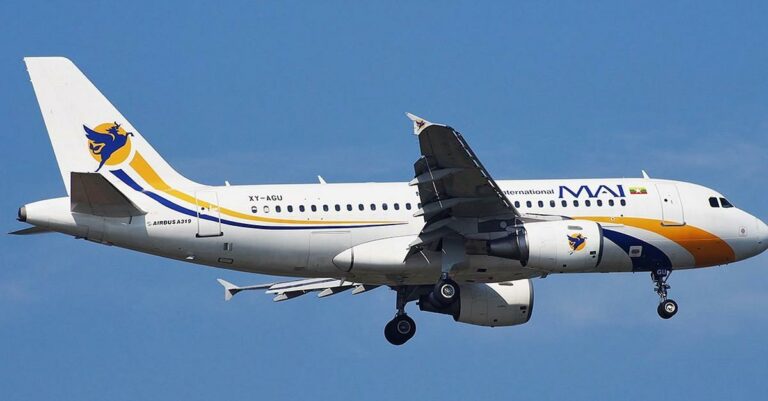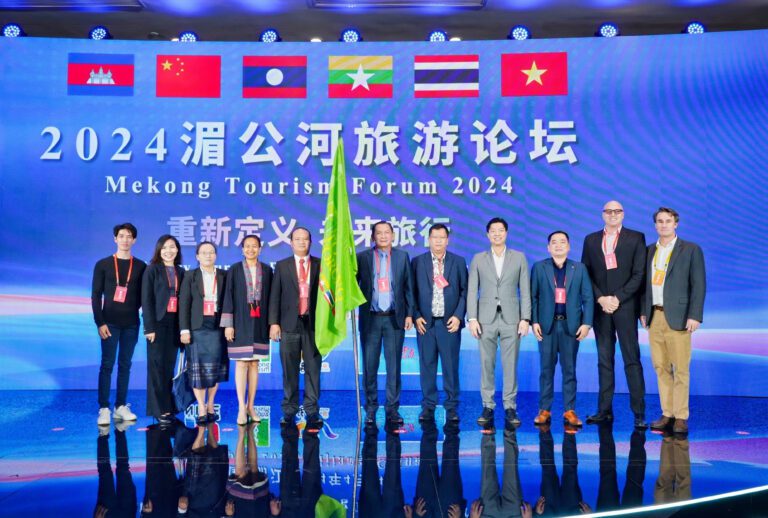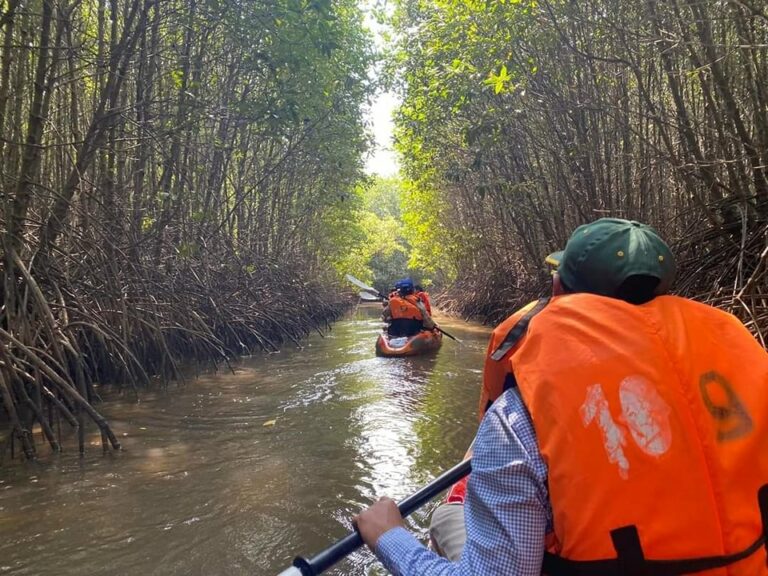
Exponential tourist growth and intensifying linkages between tourism industries – that’s only a small part of the Yunnan tourism experience, which was already gathering apace long before the pandemic. With travel restrictions lifted, Yunnan’s meteoric tourism industry development is all set to continue where it left off.
We talked to Yunnan Minzu University’s Professor Chen Yongtao to discuss his experience studying and developing tourism in his home province.
As associate professor and master supervisor of the Lancang-Mekong International Vocational Institute, Professor Chen has particular expertise on cross border tourism and community-based tourism – both of which have become key building blocks to Yunnan tourism in the past few years.
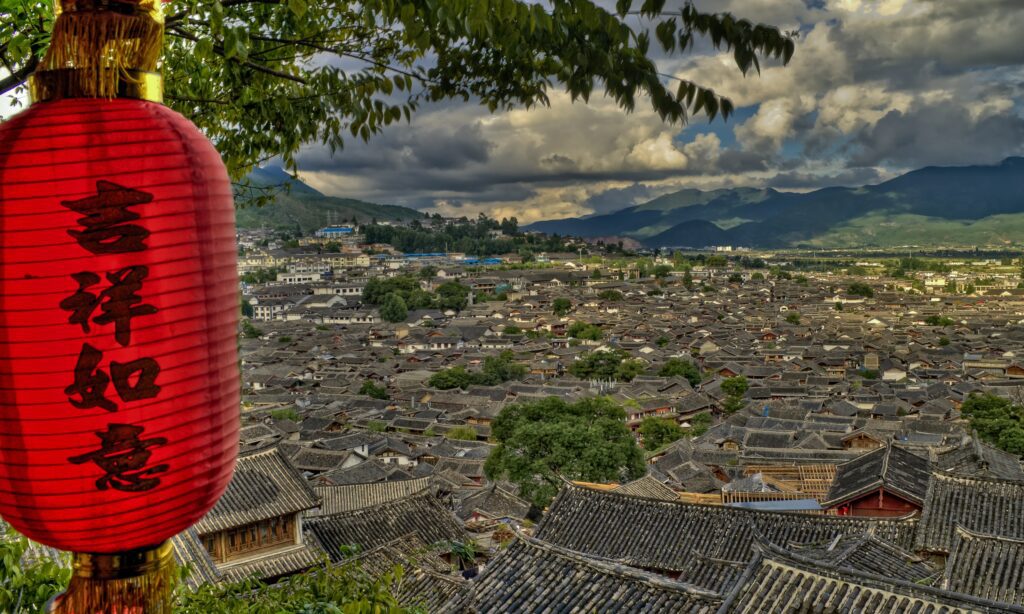
Photo by James Wheeler on Unsplash
As a longtime tourism professional in Yunnan, can you describe how tourism has evolved in the region over the past 20 years?
Over the past 20 years, Yunnan’s tourism industry has undergone significant transformation. First, Yunnan’s tourism sector has seen sustained and rapid growth since 2000. From 100 million tourists in 2008, we’ve seen almost exponential growth to 800 million visitors in 2019.
In that time, Yunnan Province introduced various plans and policies to position ourselves as a national tourism demonstration zone and an international cultural exchange center for South Asia and Southeast Asia.
We have actively innovated in tourism products and models, diversifying into ecotourism, rural tourism, and cultural tourism to meet varied tourist demands. We’re also working on cultural preservation – integrating ethnic culture with tourism, thus enriching tourism offerings and aiding in the socioeconomic development of ethnic minorities.

Photo by XXWW on Unsplash
Also, Yunnan’s investments in tourism infrastructure have enhanced service levels and travel convenience, including the expansion of expressways, airports, and high-speed rail services. By the end of 2022, Yunnan has more than 10,000 kilometers of expressways, 15 civil transport airports, and high-speed rail operation mileage of more than 1,000 kilometers.
The provincial government has strengthened tourism market oversight, standardizing industry practices and improving the sector’s overall image. Initiatives like the “one mobile phone tour Yunnan” platform and the tourism market entities doubling plan have been implemented.
Can you share insights into the preferences and behaviors of tourists who visit Yunnan?
While tourists to Yunnan have diverse consumption behaviors and preferences, we can discern a few patterns.
For example, tourists often like to choose classic travel routes, such as Kunming, Dali, Lijiang, Shangri-La and so on. These tourist routes are concentrated attractions, convenient transportation, suitable for tourists of all ages and physical strength.
Second, they prefer to choose accommodation with local characteristics, such as Lijiang Ancient City, Dali Erhai Beach and so on. In addition, hot spring resorts and ecological scenic spots are also popular accommodation types for tourists.
In terms of cuisine, tourists like to taste local specialties, such as cross-bridge rice noodles, fungus hot pot, Dai flavor and so on. At the same time, tourists are also concerned about the environmental and sanitary conditions of catering.
For shopping, Yunnan’s various handicrafts, traditional Chinese medicine and specialties are favored by domestic and foreign tourists. Tourists like to buy local products, silver, wood and jewelry.
As the demand for personalized tourism gradually rises, more and more tourists choose semi-free Tours, customized Tours and other ways to experience the local natural scenery and folk culture. This kind of tourism is flexible and changeable to meet the needs of tourists for personalized and in-depth travel. However, some tourists still choose group Tours, especially those who are older, less physically fit or lack travel experience.
Yunnan has a pleasant climate throughout the year, and the peak tourist season is concentrated in the Spring Festival, National Day and other holidays. At this time, the number of tourists is large, the scenic area is crowded, and the pressure of accommodation and traffic is increased.
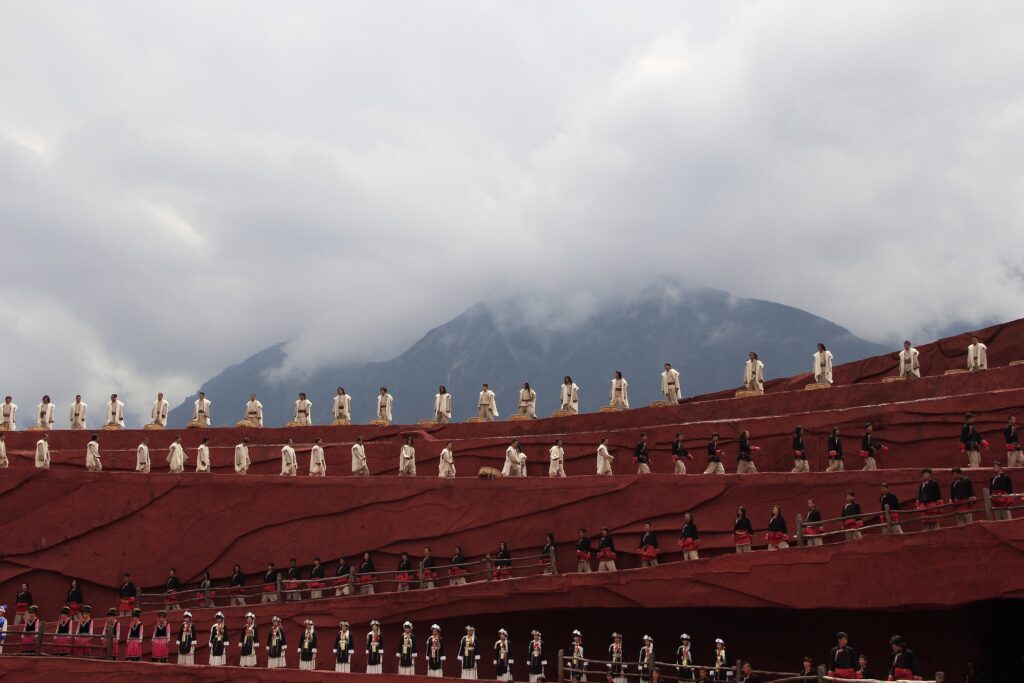
Image by tianpix from Pixabay
How does Yunnan plant to carry out comprehensive tourism reform?
To enhance Yunnan’s tourism and address competitive challenges, the province launched the “Outline of Tourism Industry Development and Reform Plan (2008-2015)” in 2008. A cooperation agreement with the China National Tourism Administration in May 2009 further established Yunnan as a pilot province for national tourism reform. Both efforts will focus on the following areas:
- Strategic Positioning: Leveraging Yunnan’s natural beauty and cultural riches, the reform aims to improve the quality of tourism products, restructure the industry, and transform Yunnan into a globally recognized tourist destination.
- Policy Support: Tourism reform policies should create a supportive environment for industry growth. These policies include enhancements in tourism land use, finance, and talent development, along with encouraging diverse capital investments in tourism projects.
- Innovative Tourism Products: Yunnan is diversifying its tourism offerings, moving from traditional sightseeing to include leisure, ecological, and cultural experiences. This includes the development of tourism towns, national parks, and self-driving tour options.
- Service Quality Improvement: Upgrading tourism infrastructure and services is a priority. Enhancements in scenic spot quality, transportation, accommodation, dining, and shopping are designed to provide more convenient tourism services.
- Enhanced Publicity: Utilizing multiple channels, Yunnan is intensifying its tourism marketing both domestically and internationally to boost its visibility and attract a wider range of tourists.
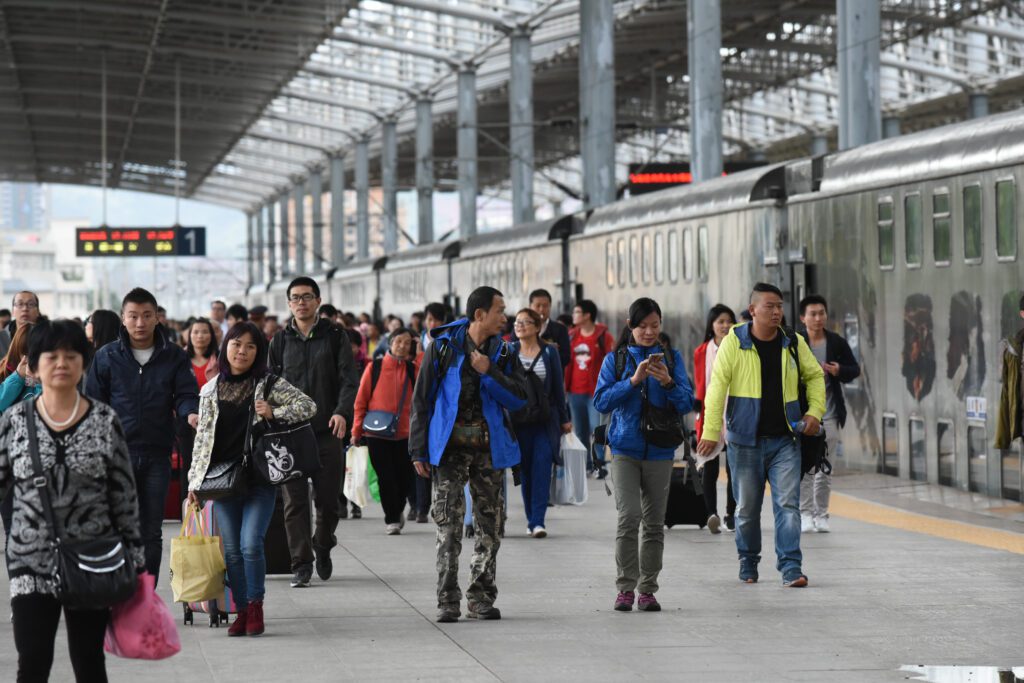
Image courtesy of the Asian Development Bank (CC BY-NC-ND 2.0 DEED)
What impact does the China-Laos railway have on Yunnan tourism?
Since the launch of the international passenger train on April 13, 2023, more than 70,000 passengers from more than 60 countries and regions have traveled across the border by train.
The China-Laos railway has undoubtedly had a positive impact on Yunnan tourism. First, it’s overcome the railway obstruction between Puer City and Xishuangbanna Prefecture in Yunnan Province, providing more convenient transportation for local residents and tourists. At the same time, its interconnection with other railway lines in China further improves the traffic between Yunnan and other regions, and is conducive to attracting more tourists to Yunnan.
In the near future, the opening of the railway will help promote the development and integration of tourist attractions along the line, and form a more complete tourism industry chain. It will also help to improve the quality of Yunnan tourism – tourists can take the train directly to the scenic spot, reducing the fatigue of a long journey and increasing the comfort of the travel experience. Areas along the line will experience economic growth through the development of tourism as well.
International tourism cooperation generated by the China-Laos Railway will help promote cooperation between Yunnan and neighboring countries such as Laos and Thailand, further expanding the international influence of Yunnan tourism.

Image courtesy of the Yunnan Provincial Department of Culture and Tourism
What role does sustainable tourism play in Yunnan, and how is it being promoted?
By embracing sustainable tourism, Yunnan focuses on the rational use and conservation of its resources, striving to provide enriching experiences for visitors while fostering local economic growth. This approach is crucial in protecting Yunnan’s diverse ecology and promoting ecological efficiency within its tourism sector.
Sustainable tourism enhances Yunnan’s global standing. By advocating for green tourism, Yunnan attracts discerning travelers, elevating the quality of its tourism services and reinforcing its competitive edge in the global market.
Yunnan’s marketing strategy, centered around its unique scenery, culture, and commitment to sustainability, includes reinforcing its “colorful Yunnan” brand image; promoting eco-friendly practices; leveraging online platforms for wider reach; offering diverse cultural experiences; forming strategic alliances for sustainable development; localizing marketing efforts; and engaging in public welfare activities.
These strategies not only draw in tourists who value sustainability but also ensure the enduring prosperity and responsible stewardship of Yunnan’s tourism assets.
Can you discuss the impact of community-based tourism on local communities in Yunnan? How has tourism in Yunnan helped the local ethnic communities, like the Bai, Yi and Naxi peoples?
As the province with the largest variety of ethnic minorities in China, including 15 unique groups, Yunnan has experienced profound impacts from tourism. The direct benefits to ethnic minorities come in many forms.
First, in the direct sales of tourism commodities: ethnic minorities sell agricultural products, native products and handicrafts to tourists in combination with their own production and life experience, such as marble, silver and wood in Dali and Lijiang, and tea and jade in Xishuangbanna.
Second, tourism opens paths to participation in the industry. Local people can find jobs in tourism enterprises run by public and private, and obtain wages by providing tourism services. Ethnic communities also set up various tourism reception enterprises – communities in Dali, Lijiang, Chuxiong, Xishuangbanna and other places make use of their houses, land, vehicles and other social resources to set up restaurants, homestay, hotels, travel agencies, and car and ship companies.
Finally, they also benefit from investment opportunities; some ethnic minority people who get rich first will also choose tourism investment to further increase their wealth.
There are intangible benefits as well: in our experience, tourism fosters interaction and understanding among various ethnic groups, promoting unity and social harmony.
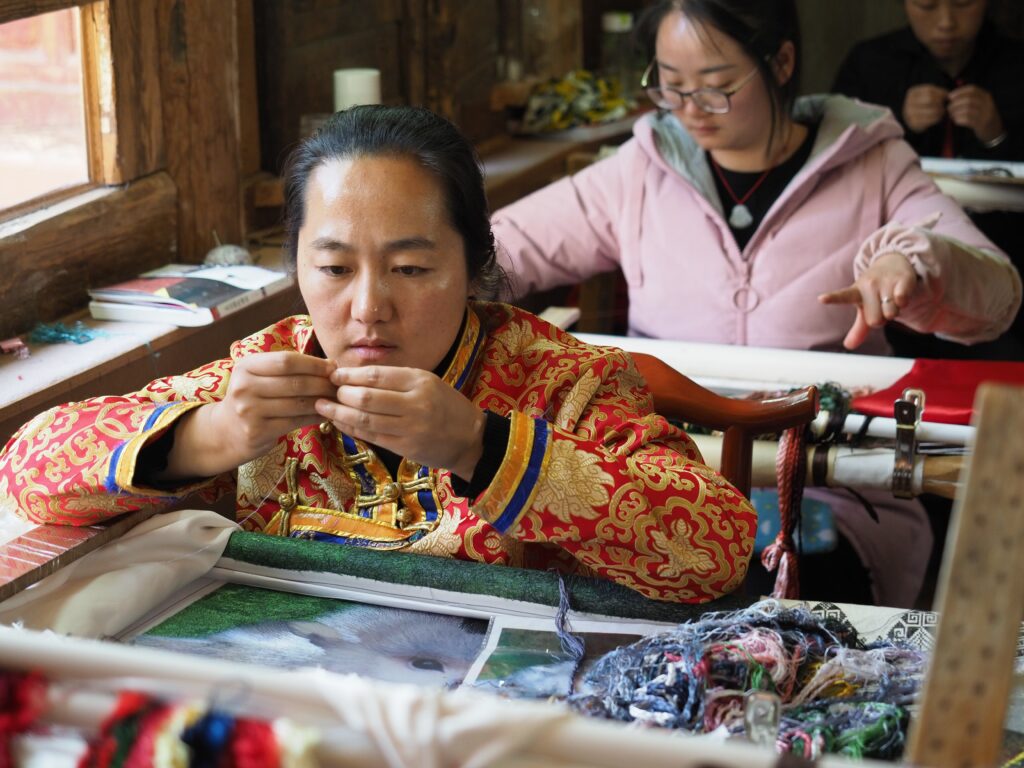
Photo by Mr. Hickmott on Unsplash
What are some successful examples of community-based tourism initiatives in Yunnan?
Yunnan Province has many successful examples of community tourism.
In Honghe Hani and Yi Autonomous Prefecture, the Yuanyang Hani Terraces makes full use of the joint participation of enterprises and communities in the tourism industry, with Hani culture as the core.
Local Hani communities actively participate in protecting the environment and promoting national culture. On October 19, 2023, Professor Bao Jigang of Sun Yat-sen University won the 16th Ulysses Award of the United Nations World Tourism Organization (UNWTO) for his initiative of the “Azeke Project” in Hani Terrace of Yuan Yang.
In Pu ‘er City, the Jingmai Mountain Ancient Tea Forest is the best preserved, oldest and largest artificial cultivated ancient tea plantation in the world. It was added to the World Heritage List in September 2023.
At present, there are 104 enterprises and professional cooperatives in Jingmai Mountain ancient tea forest area, and more than 90% of the masses are engaged in tea-related work. Through tea and tourism, the per capita net income of Jingmai Village villagers will exceed 17,000 yuan in 2022, and the per capita net income of Mangjing Village will exceed 20,000 yuan.
In Lincang City, the Weng Ding Primitive Village retains the architectural style of the original Wa folk houses and the customs of the original Wa people, which is the best preserved original group village so far.
In 2017, Wengding was listed in the national characteristic town directory, and Wengding primitive tribal Culture Tourism Area has been rated as AAAA tourist attraction. Through the development of tourism, the per capita income of villagers increased from 5,725 yuan in 2014 to 11,338 yuan in 2019.
These successful samples show that, in the development of community tourism in Yunnan, the key to promoting sustainable development of tourism industry is to give full play to the respective advantages of government, enterprises and communities, promote close cooperation between tourism and communities, and achieve resource sharing and win-win benefits.

Photo by 光曦 刘 on Unsplash
What is your vision for the future of tourism in Yunnan, particularly in the context of cross-border and community-based initiatives?
Yunnan tourism has great development potential in the future. According to the “Implementation Plan for the 14th Five-Year Plan of Tourism Development in Yunnan Province” issued by the Yunnan Provincial government, Yunnan’s tourism industry will focus on optimizing the layout of tourism development, promoting tourism product innovation, and improving the quality of tourism services in order to achieve sustainable development.
The future development of Yunnan’s tourism industry will unfold in the following key areas:
- Driven by policy support and market demand, Yunnan’s tourism industry will develop in the direction of high quality and high efficiency. Tourism products will be more diversified to meet the personalized and special needs of tourists.
- Yunnan tourism will actively integrate into the China’s “Belt and Road” initiative, expand the international tourism market, and enhance the international visibility and influence of Yunnan tourism.
- In the process of tourism development, Yunnan will pay attention to ecological protection, implement the concept of green development, and ensure the sustainable development of tourism.
- Yunnan tourism industry will strengthen the training of tourism talents and introduce talents in tourism management, tourism product development, tourism services and other aspects. At the same time, new technologies such as 5G and big data will be used to enhance the overall competitiveness of the tourism industry.
To excel in these areas, many challenges need to be overcome, such as innovating tourism products, improving service quality, focusing on ecological protection, cultivating talents, giving full play to the advantages of policy support, and promoting the integration of tourism and other industries.
